
Sunday, July 19, 2009
Subscribe to:
Post Comments (Atom)
November 20, 2008
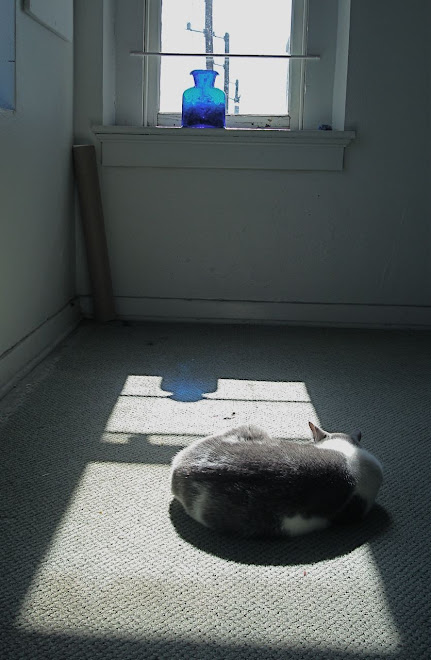
November 20, 2008
How does color set a mood? The soft gray and white of the carpet, the cat Marshall, and the sunlit window contribute to to the sense of calm repose. What does blue mean to you or me? We all have symbolic associations for colors; some based on personal experience and some instilled culturally.
The cobalt blue of the vase provides a point and counterpoint to the composition, in addition to providing elements that balance.
Keeping the cat in the lower third of the composition weights the image and is another visual door into the picture world.
November 19, 2008
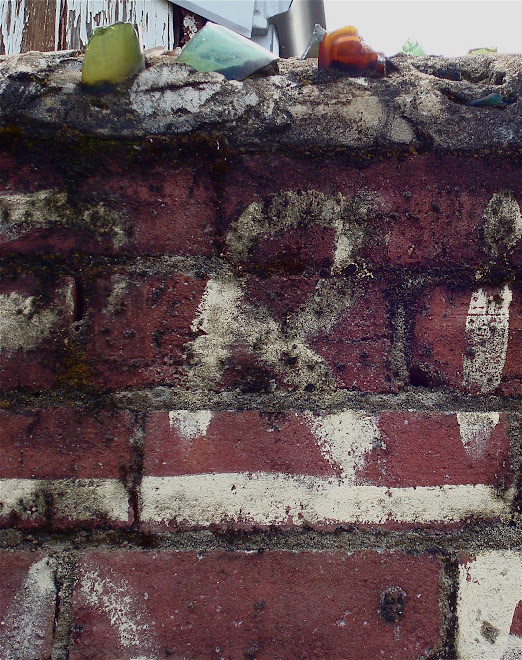
November 19, 2008
This picture tells several stories. It references the human desire to order the world around us - the lettering on the wall establishes the alley as a No Parking zone, and the broken glass- jutting out at the top - is another message of fear and frailty. Whoever lives behind this wall wants to be left alone.
But there is beauty in the contrast of the rough brick surface and the smooth translucency of the broken glass bottles. A contrast of textures makes for an interesting composition. And the abstract nature of the printed letters against the structure of the bricks would be worth emulating in another sort of composition.
November 18, 2008
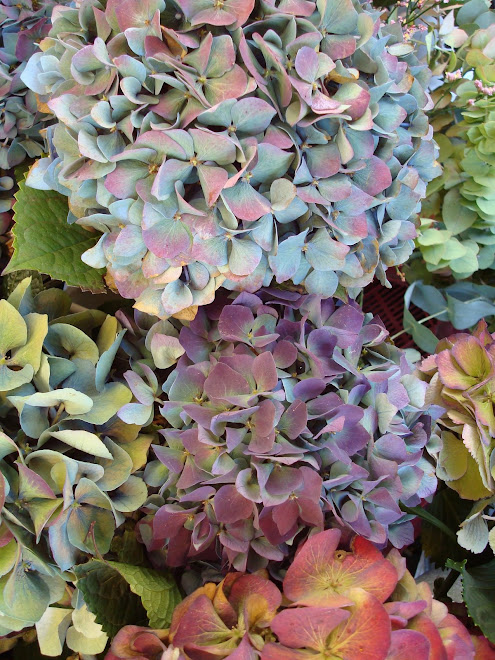
November 18, 2008
The Hydrangeas offer a lesson in the effective use of color. The pale blue and lavender are roughly the same value, so they balance each other beautifully. I am challenged to mimic that combination of analogous colors on silk Habotai!
This photograph would be considered beautiful even without the red-orange and yellow flowers at the bottom. But the addition of the complements to the blue and purple creates a focal point and generates some nice contrast because of the complementary pairing. And imagine how different this composition would be, were the red-orange and yellow at the top instead of at the bottom. The current placement adds important visual weight.
November 17, 2008
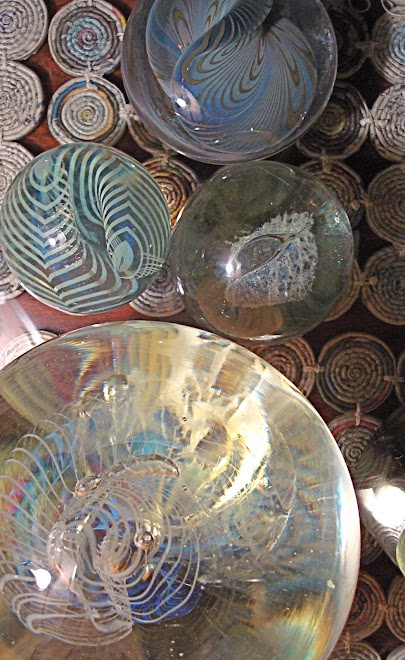
November 16, 2008
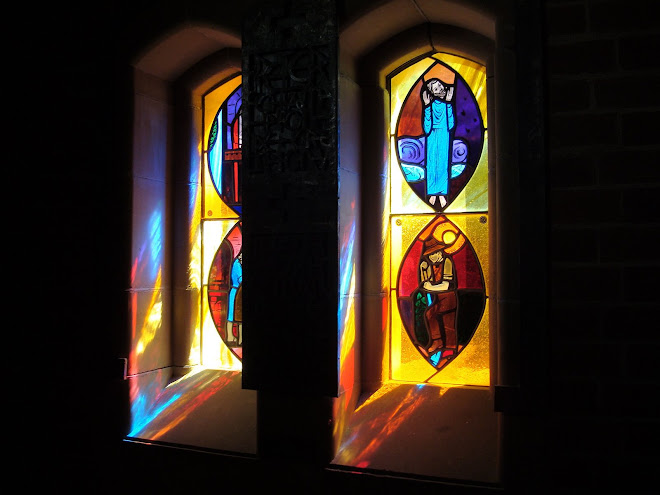
Being and Non-being

Substance and Light
November 16, 2008
We join spokes together in a wheel,
but it is the center hole
that makes the wagon move.
We shape clay into a pot,
but it is the emptiness inside
that holds whatever we want.
We hammer wood for a house,
but it is the space inside
that holds whatever we want.
We work with being,
but non-being is what we use.
Tao te Ching; Verse 11
Stephen Mitchell translation






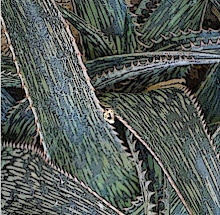
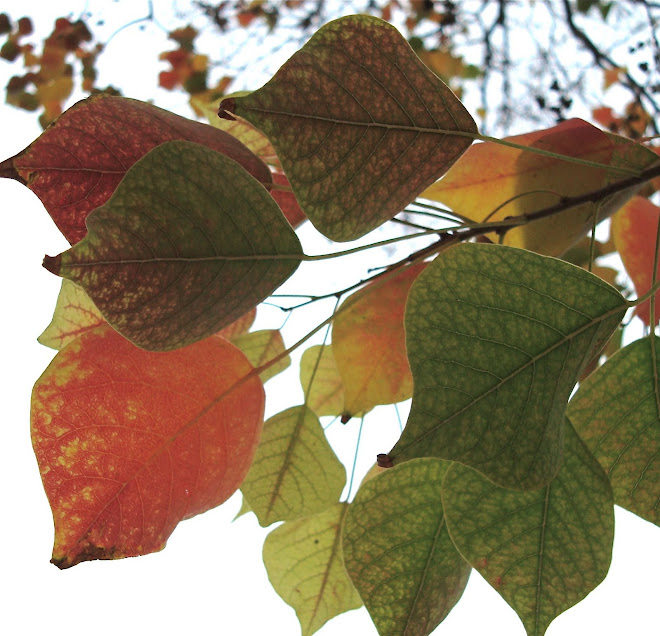
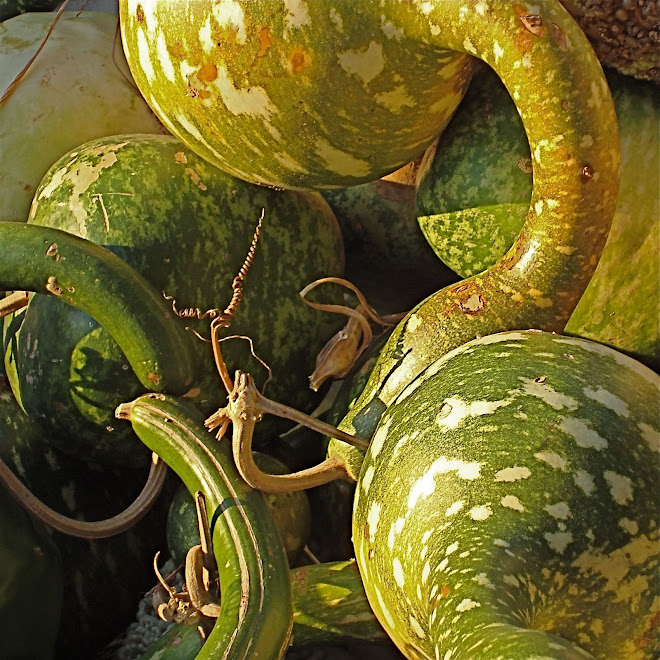
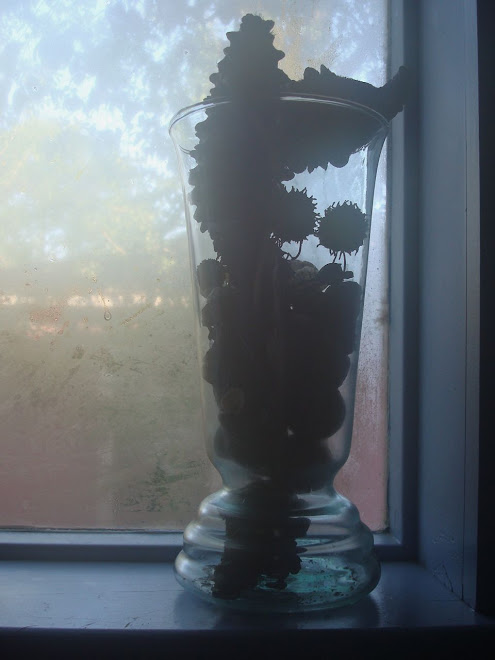
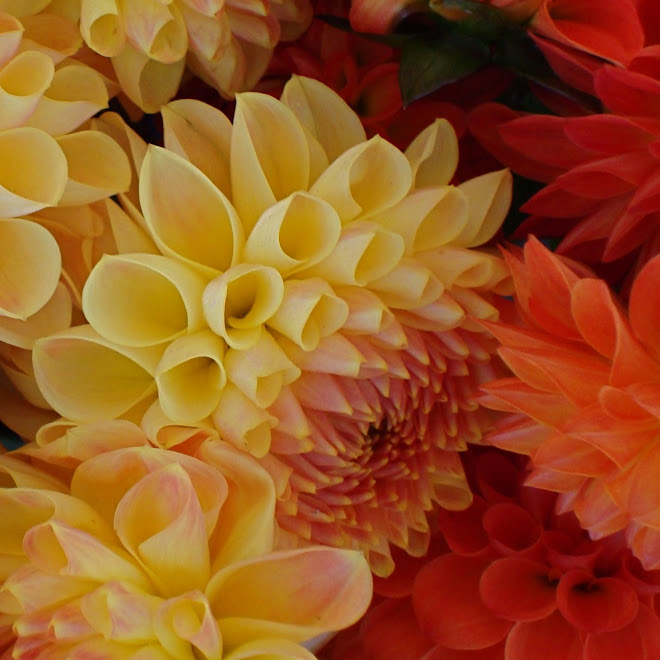
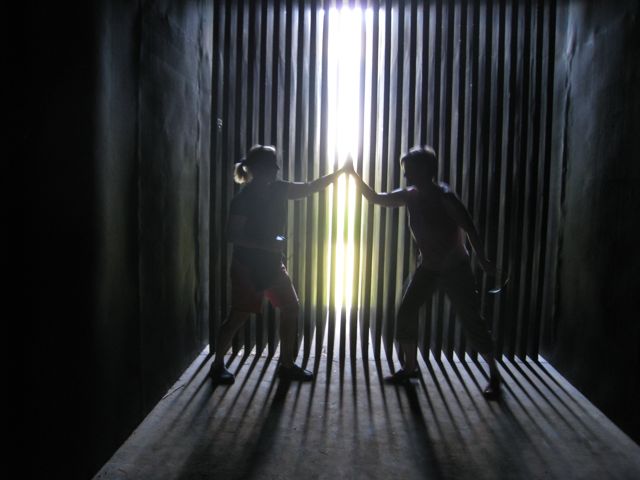
4 comments:
The images seem to get stronger through time, maybe it's just the common thread of your eye that makes a stronger statement as a whole...anyway, I really like what you CAN'T see in this one. Looks like they're all gathered to see a huge waterfall or something outside of the picture and we just get the spray and a suggestion of something powerful...or fog in a craggy canyon...it conveys the atmosphere as much as the scenery. Nice.
Darn, it ate my comments! So I'll try again, maybe I wasn't articulate enough. I'll try to be more poetic. Quite an amazing composition! It really is two sections: light and dark and the dark is significantly smaller, yet--except for the bright spot in the mist just right of center--the eye goes to the people and the earth. Excellent too the way the earth drops away on the right side. All the mist is refreshing on this very warm day and the people seem to be looking with some expectancy--but what gives me that impression? Must be that I've been to similar waterfalls and stood in mist, amazed and filled with wonder. It's a hopeful scene, refreshing spiritually--is that light spot important? Thank you, thank you! I neede this today.
Good call! I was visiting Niagara Falls yesterday and looked forward to challenging myself to catch the essence of the place, rather than shooting the falls straight on.
Thank you for your perceptive readings of my image.
So what IS the white spot?
Nice shot, btw.
Post a Comment